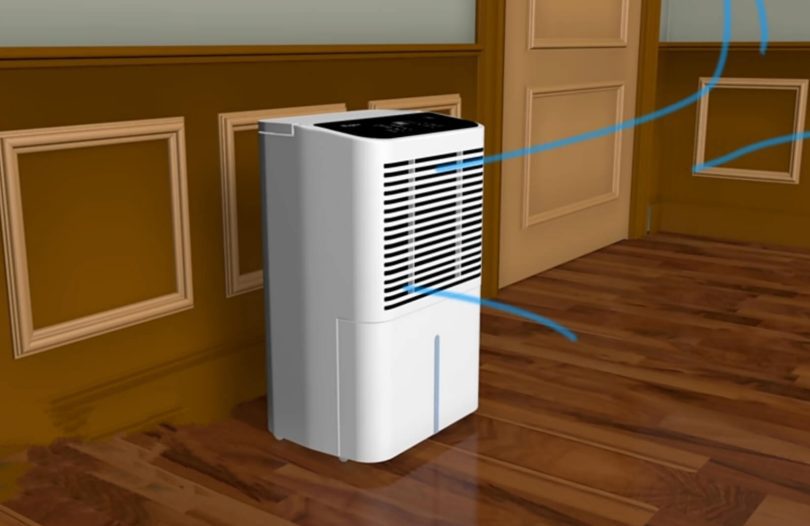Introduction:
Moisture accumulation in the attic can lead to various problems such as mold, bug infestations, and wood rot throughout the house. To combat these issues, to install a dehumidifier in the attic is recommended. This device facilitates moisture removal, diminishing the attic’s vulnerability to related problems. However, it is crucial to regularly empty the dehumidifier tank to ensure optimal functionality and prevent counterproductive outcomes. While an attic dehumidifier is beneficial, it should be considered a temporary measure.
Moisture buildup often goes unnoticed for extended periods, particularly since homeowners rarely visit the attic. The consequences of attic moisture can be severe, catalyzing mold formation and damaging structural elements like joists, rafters, and insulation. Swift action is essential upon detecting moisture, and installing a dehumidifier becomes a preventive measure against further damage.
Understanding Dehumidifiers:
A dehumidifier is a device designed to extract moisture from the air, commonly employed to maintain humidity levels in various spaces. It is particularly useful in areas prone to moisture, such as attics, crawl spaces, basements, and closets. The primary objective is to prevent musty odors and mold growth associated with high humidity levels.
Identifying Signs of Attic Moisture:
Several indicators suggest the presence of attic moisture, including foggy windows, visible mold, wood rot, and frost. Foggy windows signal internal moisture accumulation, while mold and wood rot serve as visible manifestations of high humidity. Additionally, poor ventilation may cause frost in cold weather conditions.
Causes of Attic Moisture:
Numerous factors contribute to attic moisture, making it challenging to pinpoint a single cause. Potential culprits include pipe leaks, foundation issues, roof leaks, indoor appliances, and inadequate outdoor ventilation. Proper identification and resolution of these issues are essential for effective moisture control.
Utilizing Dehumidifiers for Attic Moisture Reduction:
Dehumidifiers prove effective in reducing attic moisture by extracting water from the air and storing it in a tank. Regular tank emptying is necessary to ensure the device’s efficiency. Placement of the dehumidifier, as well as routine cleaning of its coils, is crucial for optimal functionality.
Preventive Measures for Attic Moisture:
Preventing attic moisture requires proactive measures such as ensuring proper ventilation, addressing plumbing issues promptly, fixing roof leaks, and implementing proper insulation. These steps collectively contribute to maintaining optimal humidity levels in the attic.
Considerations for Dehumidifier Usage:
While dehumidifiers offer benefits, they should not be used continuously. Operating a dehumidifier 24/7 in the central construction and attic may lead to adverse effects such as respiratory issues. Maintaining relative humidity in the 30% – 50% range is advisable, and the device should be used when humidity exceeds 50%.
Conclusion:
Installing a dehumidifier in the attic is a viable solution to mitigate moisture-related problems. However, it is crucial to complement this with other preventive measures for efficient and long-term moisture control. Consulting with HVAC technicians can provide valuable insights and ensure optimal dehumidifier placement for effective results in addressing attic moisture concerns throughout the entire home.
Disclosure: We may get commissions for purchases made through links in this post.








